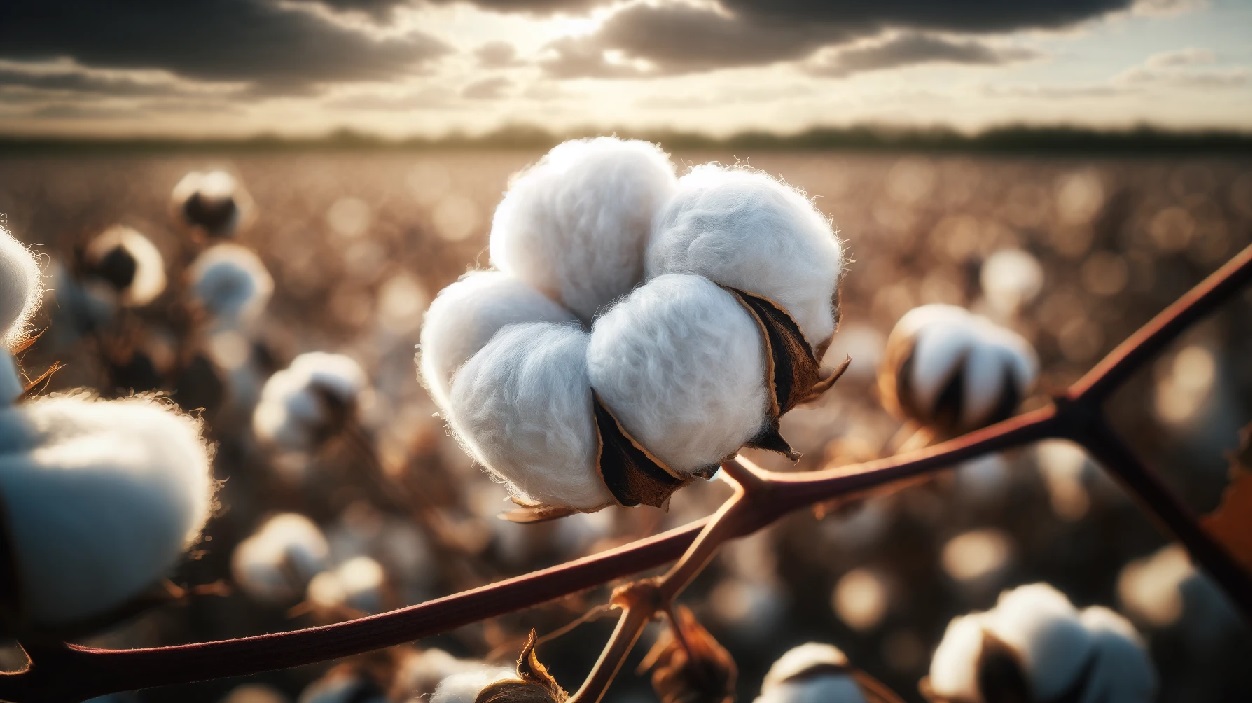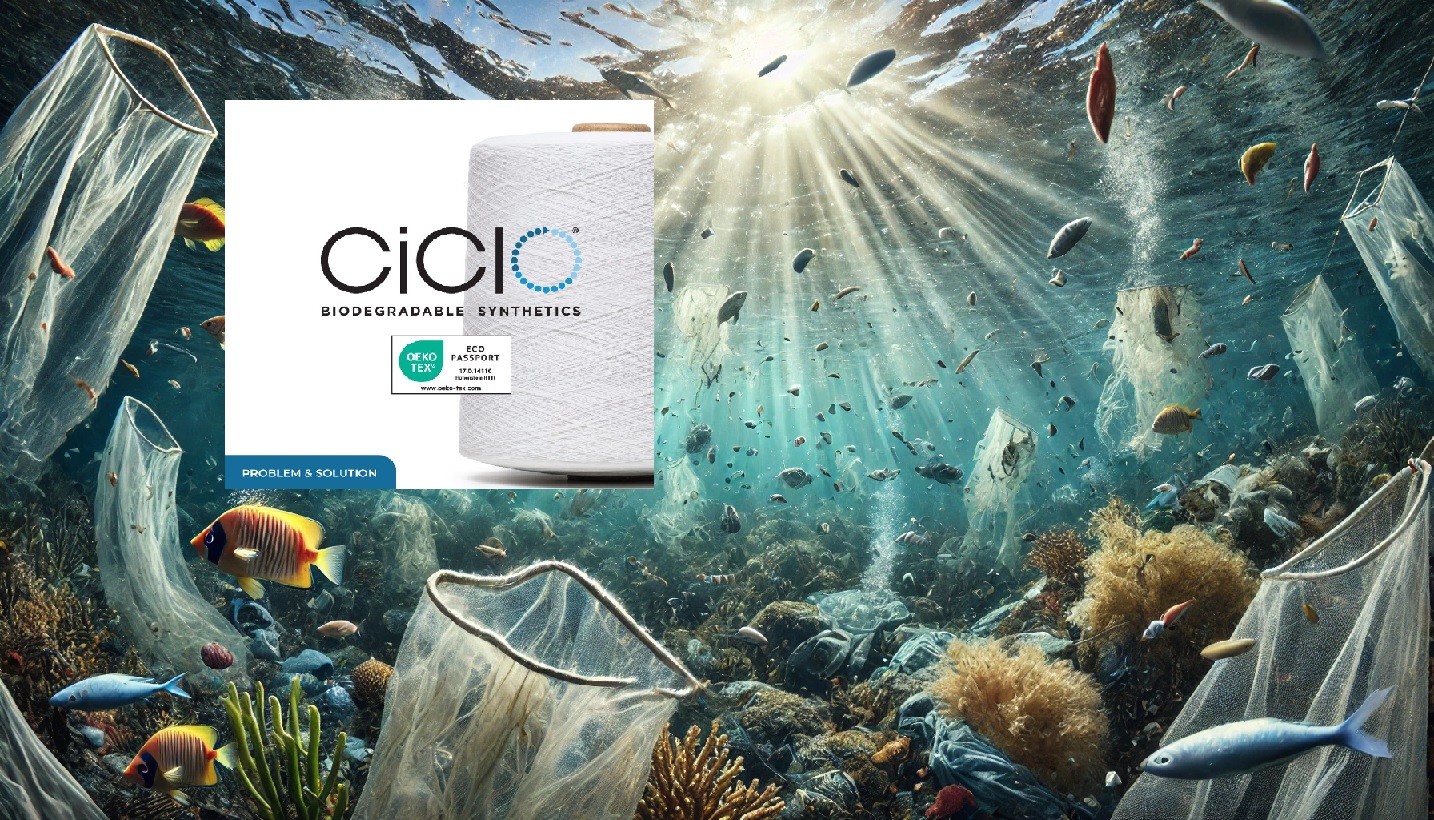enhance cotton sustainability
Environmental Challenges in Conventional Cotton Production
The fashion industry is notorious for its significant environmental footprint, particularly within cotton production, which heavily relies on water, pesticides, and has a substantial carbon output. As consumers become increasingly eco-conscious, the pressure mounts on brands to demonstrate genuine sustainability practices.
The Urgency for Sustainable Cotton Farming
Traditional cotton farming methods often degrade soil health, reduce biodiversity, and contribute to water scarcity. These unsustainable practices not only impact the environment but also threaten the long-term viability of cotton farming, challenging the industry’s capacity to meet both current and future demands sustainably.
The Promise of Regenerative Agriculture
Regenerative agriculture presents a transformative approach to revitalizing not only the land but also the communities that depend on cotton farming. This method focuses on practices that restore soil health, improve water management, and enhance biodiversity, which in turn can lead to more resilient cotton production systems.
Regenerative Practices in Detail
Cover Cropping
Cover crops play a critical role in regenerative agriculture by preventing soil erosion, suppressing weeds, improving water retention, and enhancing soil health through increased biodiversity and organic matter content. These crops, which are grown alongside or rotated with cotton, help maintain a healthy agroecosystem, leading to reduced need for chemical inputs.
No-Till Farming
Conservation tillage, including no-till methods, reduces the disturbance to the soil, preserving soil structure, enhancing water absorption, and increasing carbon sequestration. This practice not only helps improve soil health over time but also reduces greenhouse gas emissions and lowers fuel consumption from farm machinery.
Crop Rotation
Rotating cotton with other crops such as corn, soybeans, or peanuts disrupts pest and disease cycles and improves soil fertility and structure. This diversification not only reduces dependency on chemical pesticides and fertilizers but also enhances yield stability under varying environmental conditions.
Industry Impact and Consumer Perception
Corporate Initiatives
Major brands and retailers are increasingly recognizing the importance of supporting regenerative practices. For instance, Target’s investment in regenerative agriculture aims to enhance the sustainability of their cotton products and reduce their overall environmental impact. Similarly, Ralph Lauren’s significant financial commitment through its corporate foundation supports sustainable cotton farming initiatives, demonstrating a proactive approach to environmental stewardship.
Consumer Expectations
Consumers are increasingly inclined to support brands that prioritize environmental sustainability. A significant majority of shoppers prefer garments made from natural and sustainable materials like cotton, especially when these materials are sourced through environmentally friendly practice.
Conclusion: A Sustainable Future for Cotton
Regenerative agriculture not only addresses the immediate environmental challenges associated with cotton production but also ensures the sustainability of the cotton industry in the long run. By adopting these practices, brands can significantly enhance their sustainability credentials and meet consumer expectations for ethical and eco-friendly products. Moreover, the holistic benefits of regenerative agriculture help safeguard the livelihoods of farmers and ensure the health of the ecosystems upon which we all depend.



